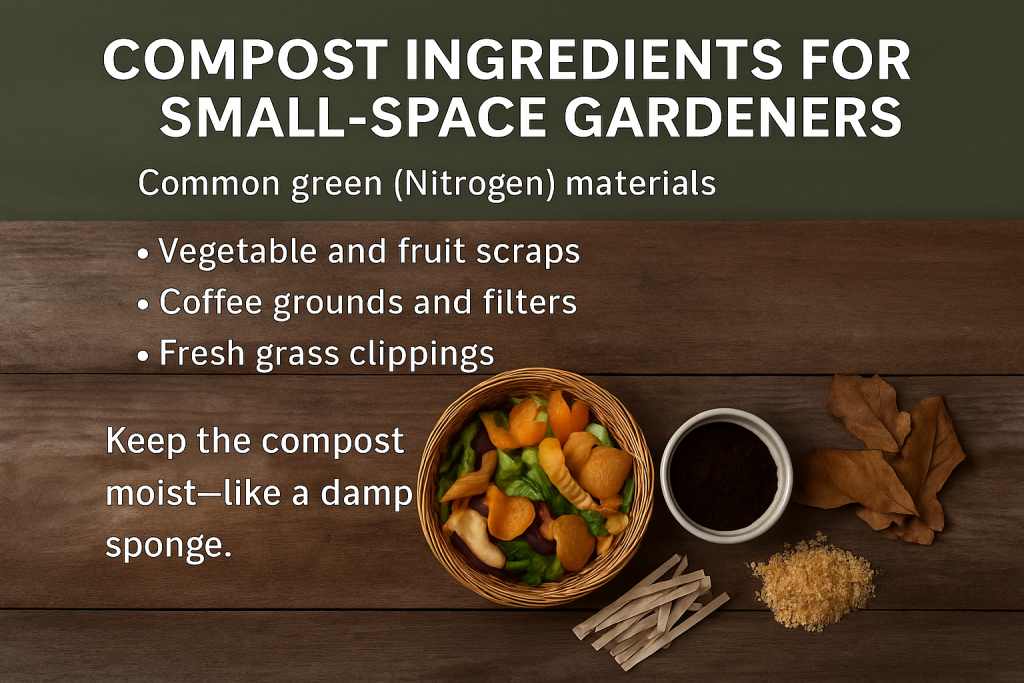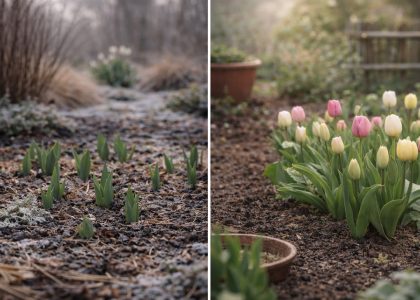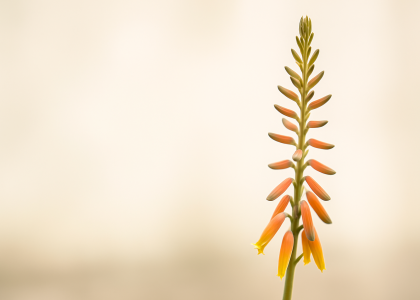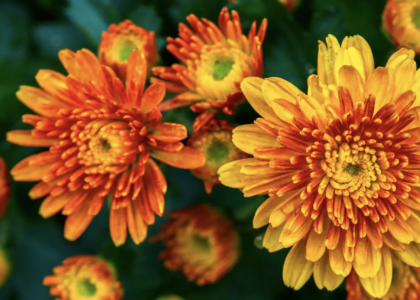Turn Everyday Waste into Nutrient-Rich Soil
Do you often throw away kitchen scraps or dead leaves? These materials can be transformed into powerful plant food right on your balcony or patio. Composting in small spaces is an accessible way to reduce waste and strengthen your plants without needing a backyard.
This guide walks you through practical methods for composting in containers, whether you're caring for herbs on a windowsill or nurturing vegetables on an urban terrace.
Why Start Composting in Containers
Container gardens depend on consistent nutrition. Over time, soil nutrients deplete, leading to weaker plants. Composting renews the soil by feeding it essential organic matter.
Benefits of Composting in Containers
- Enhances soil texture for better water flow and root health
- Increases microbial life that supports strong plant growth
- Helps soil retain moisture longer, reducing watering needs
- Encourages a balanced soil ecosystem that limits disease
- Reduces household waste and supports eco-conscious living
Compost Ingredients for Small-Space Gardeners
Creating compost is a matter of mixing the right materials and maintaining proper conditions. You’ll need a mix of organic items commonly found at home.
Common Green (Nitrogen) Materials
- Vegetable and fruit scraps
- Coffee grounds and filters
- Fresh grass clippings
Common Brown (Carbon) Materials
- Dry leaves
- Shredded newspaper or cardboard
- Sawdust or wood shavings
Keep the compost moist—damp like a wrung-out sponge—and stir occasionally to let in oxygen.
Tip: Aim for equal parts green and brown to ensure proper decomposition and reduce odor.

Choosing a Container for Composting
No backyard? No problem. Many everyday containers work well for composting in limited spaces.
Recommended Options
- Large plastic plant pots with drainage holes
- Compact compost bins or tumblers for balconies
- DIY containers made from crates or buckets with added ventilation
Drainage and airflow are essential. Make sure your container allows excess moisture to escape and oxygen to circulate.
How to Compost in Containers: Step-by-Step
Follow these steps to get your compost started.
Step 1: Select a Container
Choose a bin at least 12 inches deep. Larger containers hold more compost and decompose materials more efficiently.
Step 2: Add a Base Layer of Browns
Start with a dry layer to promote drainage. Use shredded cardboard or dried leaves.
Step 3: Add Green Materials
Add kitchen scraps, coffee grounds, or plant clippings. Alternate layers with browns.
Step 4: Mix and Monitor
Stir the pile weekly to provide airflow and help materials break down evenly.
Step 5: Maintain Moisture
Add water only if the pile becomes dry. It should feel moist but not soggy.
How Often Should You Turn the Compost?
In small containers, composting can be slower due to limited volume and airflow. Stir the compost every 7 to 10 days to keep it active. Use a small garden trowel or hand fork to mix the layers thoroughly.
Mistakes to Avoid When Composting in Containers
Adding Too Much Green Material
Overloading greens leads to unpleasant smells. Keep a good balance with brown materials.
Skipping Regular Mixing
A lack of airflow slows decomposition and may cause clumping.
Overwatering
Waterlogged compost invites pests and rot. Only water when the mix is dry to the touch.
Using Finished Compost in Your Container Garden
Compost is ready when it’s dark, crumbly, and smells earthy. Here’s how to use it:
- Blend it with potting soil to enrich planting mixes
- Spread a thin layer over your pots as topdressing
- Add to planting holes to boost root development
- Use as mulch to hold moisture and suppress weeds
Free Checklist Download
Stay organized with your compost routine. Download our printable checklist to track materials, turning schedule, and compost readiness.
Explore More Garden Solutions
- How to Make Organic Neem Spray at Home
- Top 5 Pest-Resistant Plants for Balcony Gardens
- Diagnosing Sunburn and Disease in Potted Plants
Composting in containers helps close the loop between kitchen and garden. Even in the smallest space, you can create healthy soil, reduce waste, and support plant vitality from the ground up.





